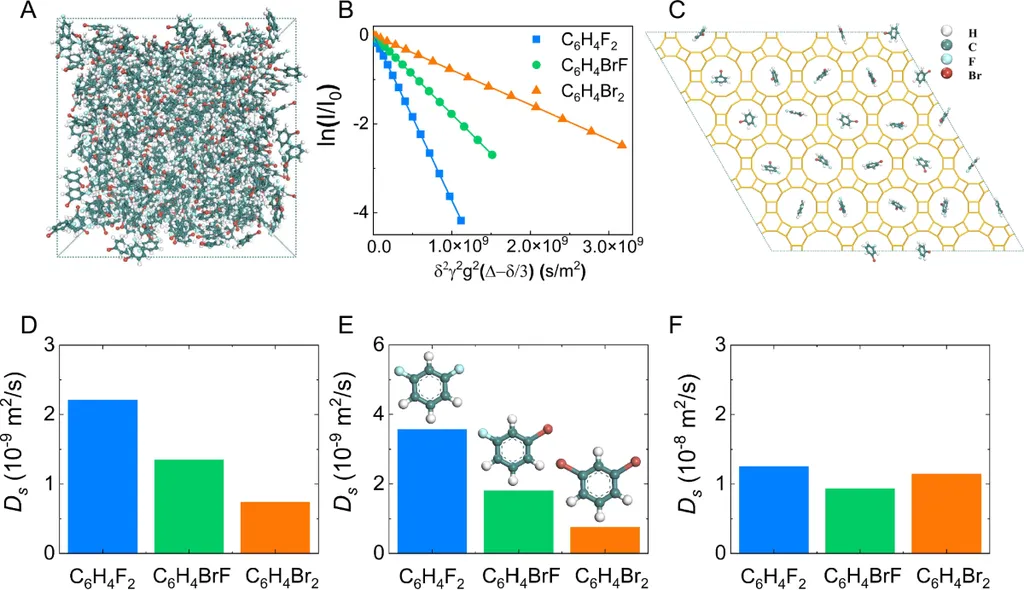In the bustling world of materials science, a groundbreaking study has emerged that could significantly impact the energy sector. Researchers, led by Yang Qiao from the Materials Design and Manufacture Simulation Facility at Fuzhou University in China, have developed a novel approach to understand and characterize the diffusion behavior of interstitial nonmetallic atoms in multi-principal element alloys (MPEAs). This research, published in the journal *Materials Genome Engineering Advances* (translated as *Advances in Materials Genome Engineering*), promises to unlock new potentials in materials design and manufacturing.
The study focuses on the diffusion of carbon atoms along neighboring octahedra in a face-centered cubic (FCC) CoNiV MPEA. Unlike traditional pure metallic elements, MPEAs exhibit complex diffusion behaviors due to their multi-component nature. Qiao and his team employed advanced computational techniques, including first-principles calculations based on density functional theory and the Climbing Image Nudged Elastic Band method, to explore six distinct diffusion paths in the FCC_CoNiV MPEA.
One of the most intriguing findings is the revelation of non-periodic diffusion energy barrier waves in real MPEA structures. “Unlike the uniform diffusion barriers observed in pure metals, the energy barriers in MPEAs show significant variations influenced by the atomic environment,” explains Qiao. This variability is particularly notable due to the interaction between vanadium (V) and carbon (C) atoms, which enhances electron localization and increases the overall diffusion energy barrier.
The implications of this research are far-reaching, especially for the energy sector. Understanding the diffusion behavior of interstitial atoms in MPEAs can lead to the development of more efficient and durable materials for energy applications. For instance, improved alloys could enhance the performance of fuel cells, batteries, and other energy storage devices, making them more reliable and cost-effective.
Moreover, the qualitative and graphical characterization approach developed by Qiao and his team provides a general framework for studying the diffusion behavior in MPEAs. This method can be applied to various multi-principal element alloys, paving the way for innovative materials design and manufacturing processes.
As the energy sector continues to evolve, the demand for advanced materials that can withstand extreme conditions and deliver superior performance is growing. The insights gained from this research could shape future developments in the field, driving innovation and pushing the boundaries of what is possible in materials science.
In the words of Yang Qiao, “This study not only advances our understanding of diffusion behavior in MPEAs but also opens up new avenues for the development of next-generation materials for energy applications.” With such promising prospects, the future of materials science looks brighter than ever.

